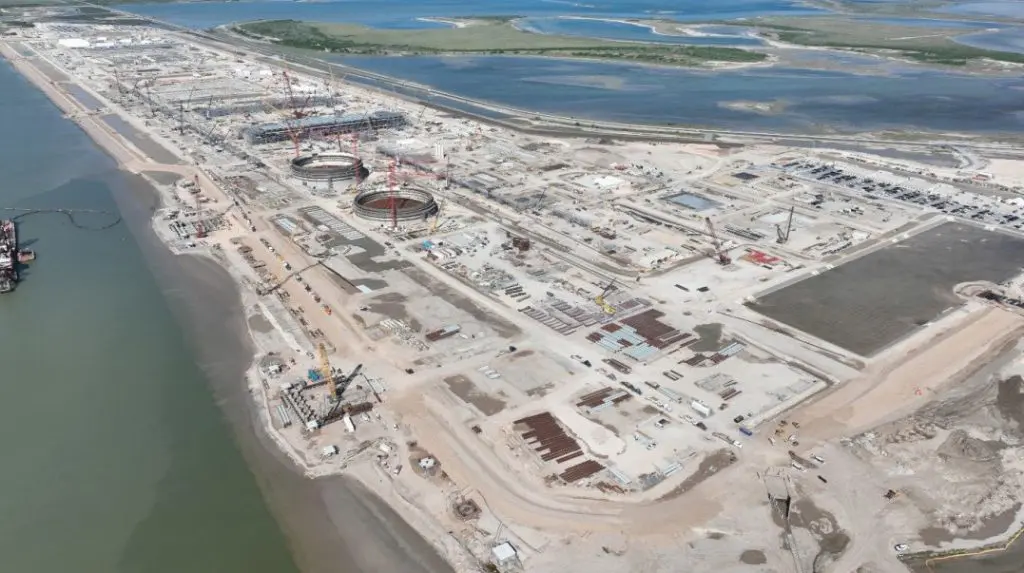ENB Pub Note: The update from LNGPrime is below on the 20-year LNG SPA, and I have included the LNG summary and energy mix for Japan above.
Japan’s LNG Imports
Japan’s Energy Mix
-
Oil: 38.24% – The largest energy source, primarily imported from the Middle East (over 90% of supply). Used in transportation, industry, and some power generation.
-
Coal: ~25% – A major source for electricity, though its share is targeted to decrease to 19% by 2030.
-
Natural Gas (LNG): 21.3% – The third-largest source, used for electricity (32% of generation), heating, and industry. LNG’s share is expected to drop to 20% in power generation by 2030.
-
Renewables: ~12% – Includes solar (10.8%), hydropower (7.3%), and minimal wind (0.9%). Renewables are targeted to reach 40–50% of power generation by 2040.
-
Nuclear: ~5% – Contributes a small but growing share after reactor restarts post-Fukushima. Targeted to reach 20% of power generation by 2040.
-
Natural Gas (LNG): 34% – The largest source, though declining due to nuclear and renewable growth.
-
Coal: 31% – Significant but targeted for reduction to 19% by 2030.
-
Renewables: 19% – Solar (10.8%), hydropower (7.3%), wind (0.9%), and others. Growing steadily due to feed-in tariffs and policy support.
-
Nuclear: 6% – From 12 restarted reactors (11 GW capacity). Expected to increase with more restarts.
-
Oil: 4% – Minor role, targeted to fall to 2% by 2030.
Energy Policy and Future Outlook
-
Japan’s heavy reliance on LNG imports (98% of natural gas needs) stems from its lack of domestic resources and the post-Fukushima nuclear shutdowns, which increased fossil fuel use.
-
The resurgence of nuclear power (12 reactors operational by 2023) and renewable energy growth are reducing LNG demand, leading to significant resales to Southeast Asia.
-
Energy security remains a priority, with policies focusing on diversifying LNG suppliers, maintaining strategic oil reserves (240 days’ worth), and expanding LNG storage capacity (36 days’ worth).
-
Critics argue that Japan’s continued LNG investments, including in U.S. and Canadian projects, prioritize commercial interests over climate goals, as renewables are increasingly cost-competitive.
Under the terms of the sales and purchase agreement, power firm and LNG trader Jera will purchase 2 million tonnes per annum (mtpa) of LNG on a free on board basis at a price indexed to Henry Hub, according to a statement by NextDecade.
NextDecade said the deal remains subject to a positive final investment decision (FID) on Train 5.
“We are pleased to announce Jera, the largest power generator in Japan and a long-established LNG market leader, as a customer for Rio Grande LNG Train 5,” said Matt Schatzman, NextDecade’s chairman and CEO.
“We have seen strong commercial momentum this year for Rio Grande LNG, which is helping us commercialize Train 5 toward a positive FID,” he said.
French energy giant TotalEnergies recently exercised its option to buy LNG from the planned fourth Rio Grande LNG train.
Under this SPA, TotalEnergies will receive 1.5 million tonnes per annum (mtpa) of LNG for 20 years on a free-on-board basis at a price indexed to Henry Hub.
With this, NextDecade contracted a total of 4.6 mtpa of LNG from Train 4 on a long-term basis, completing the commercial support needed for FID.
NextDecade is currently building three trains at the site located on the north shore of the Brownsville Ship Channel in south Texas.
In July 2023, NextDecade took the final investment decision on the first three Rio Grande trains and completed a $18.4 billion project financing.
Additionally, the firm closed a joint venture agreement for the first phase, which included approximately $5.9 billion in financial commitments from Global Infrastructure Partners (GIP), GIC, Mubadala, and TotalEnergies.
The deal also included options for the fourth and fifth trains.
Phase 1, with a nameplate liquefaction capacity of 17.6 mtpa, has 16.2 mtpa of long-term binding LNG sale and purchase agreements.
In addition to these five trains, NextDecade announced plans in March to build up to five more trains at the Rio Grande LNG facility.
NextDecade said it is developing and beginning the permitting process for Trains 6 through 8.
The LNG terminal operator expects these trains to increase its total liquefaction capacity by approximately 18 mtpa once constructed and placed into operation.
We give you energy news and help invest in energy projects too, click here to learn more

